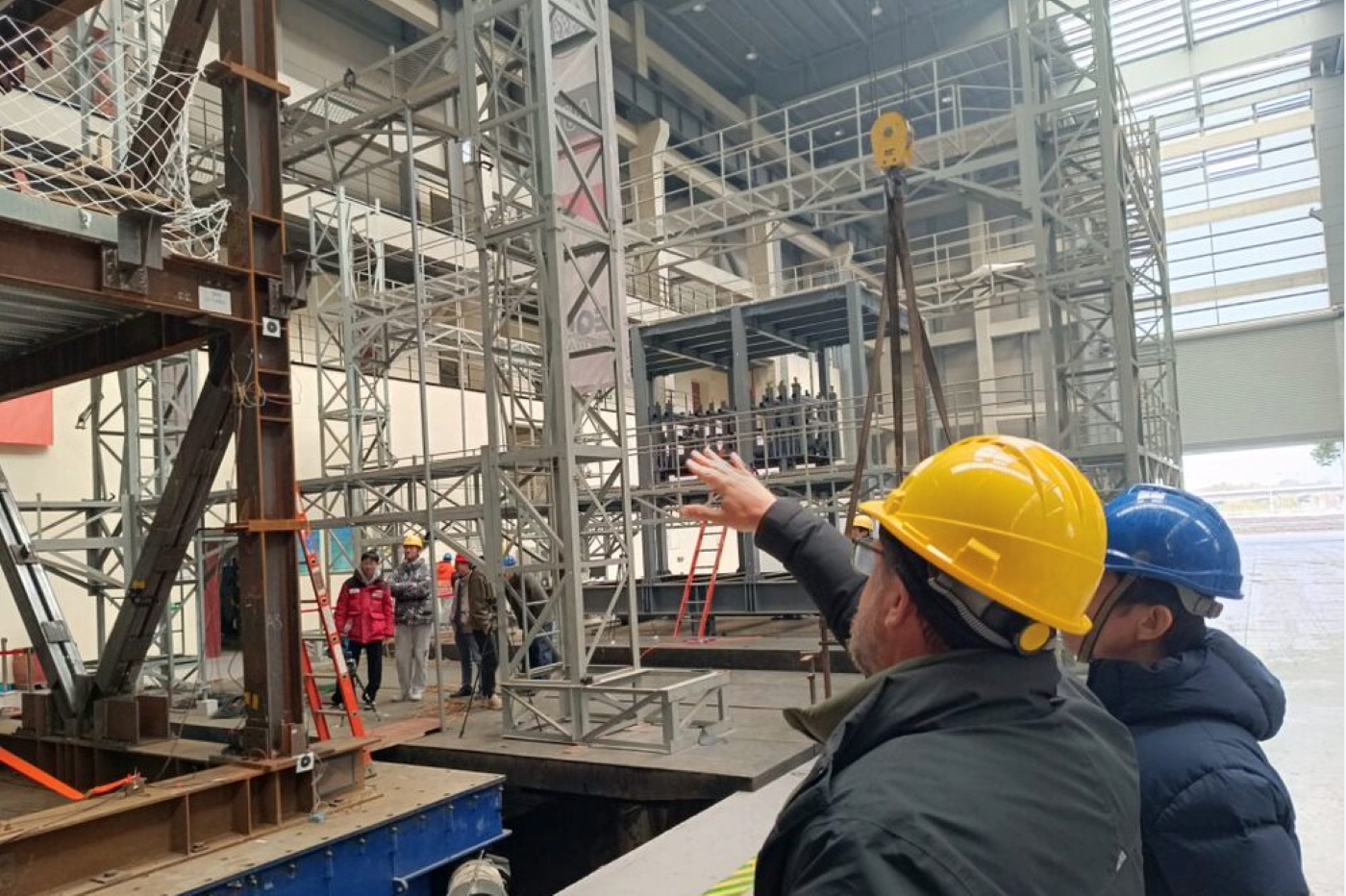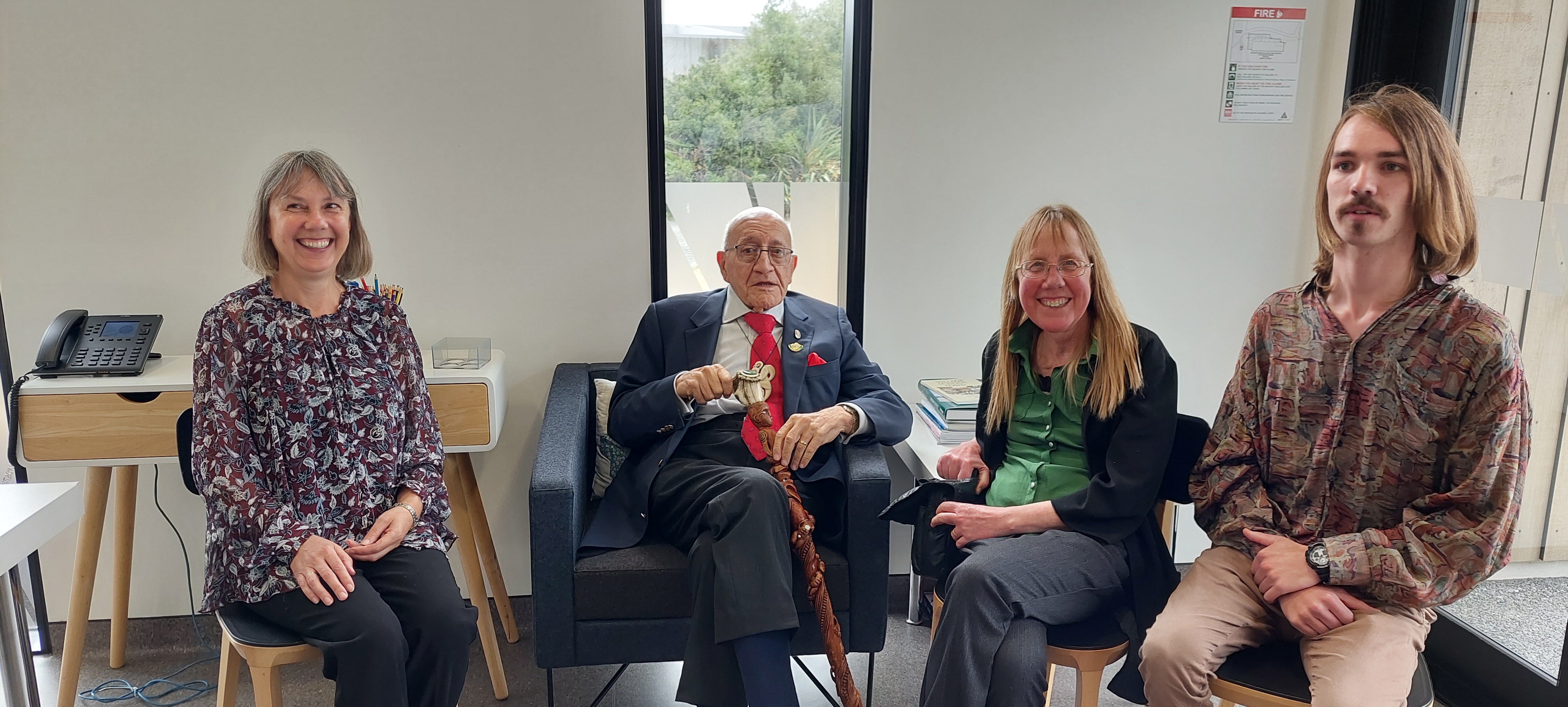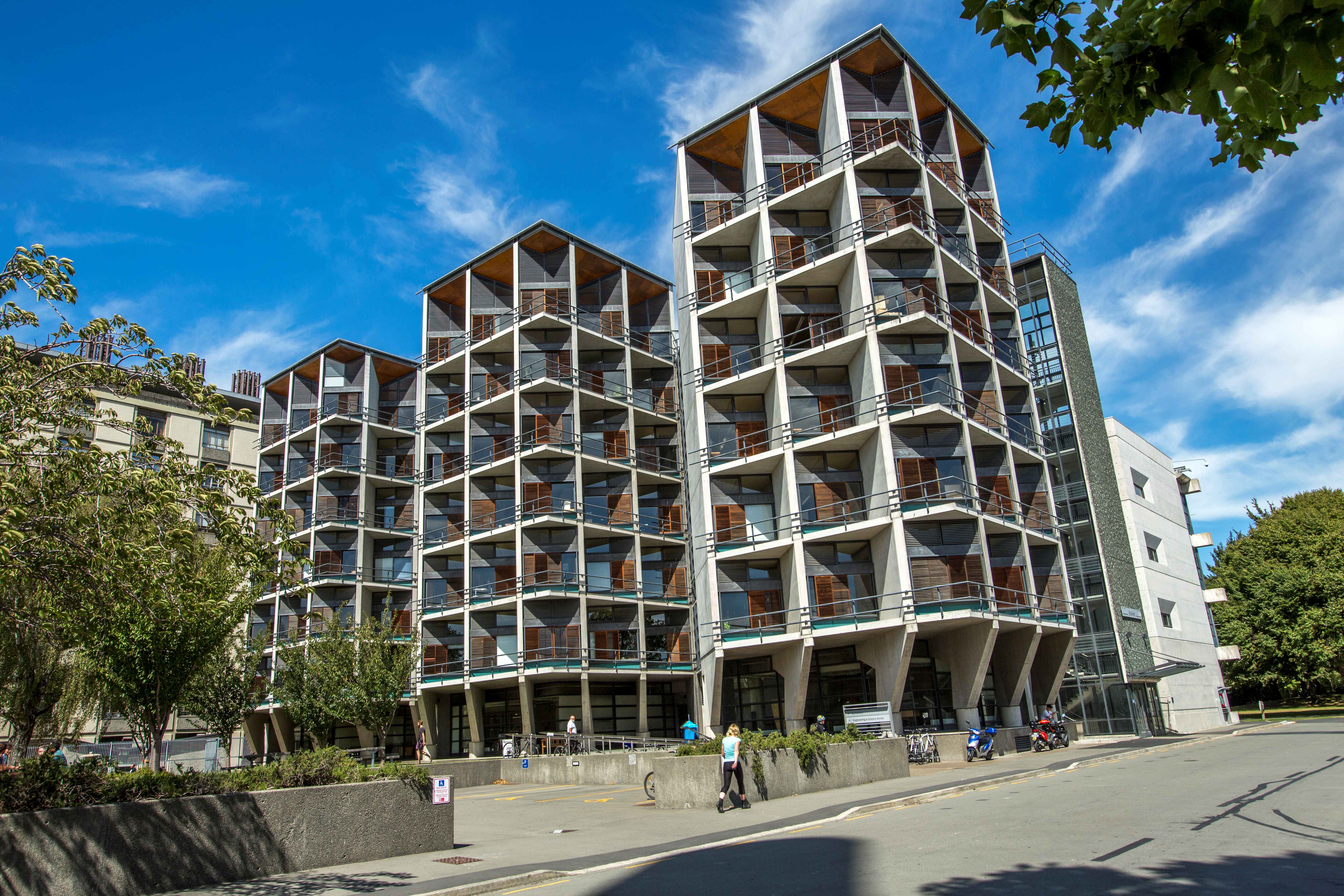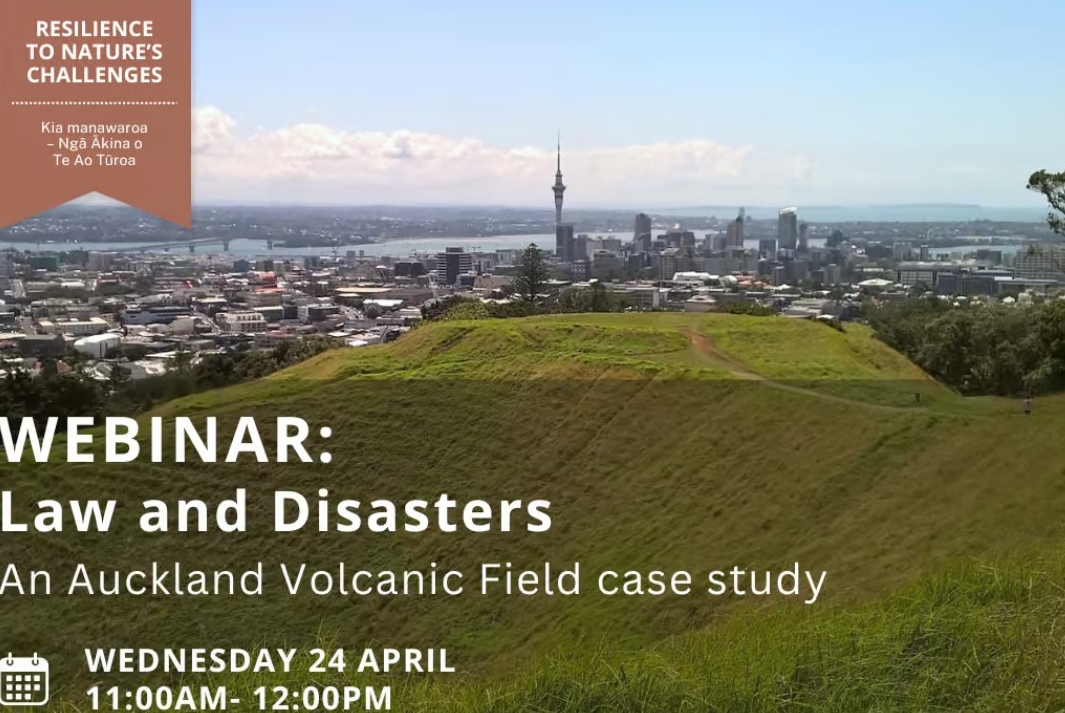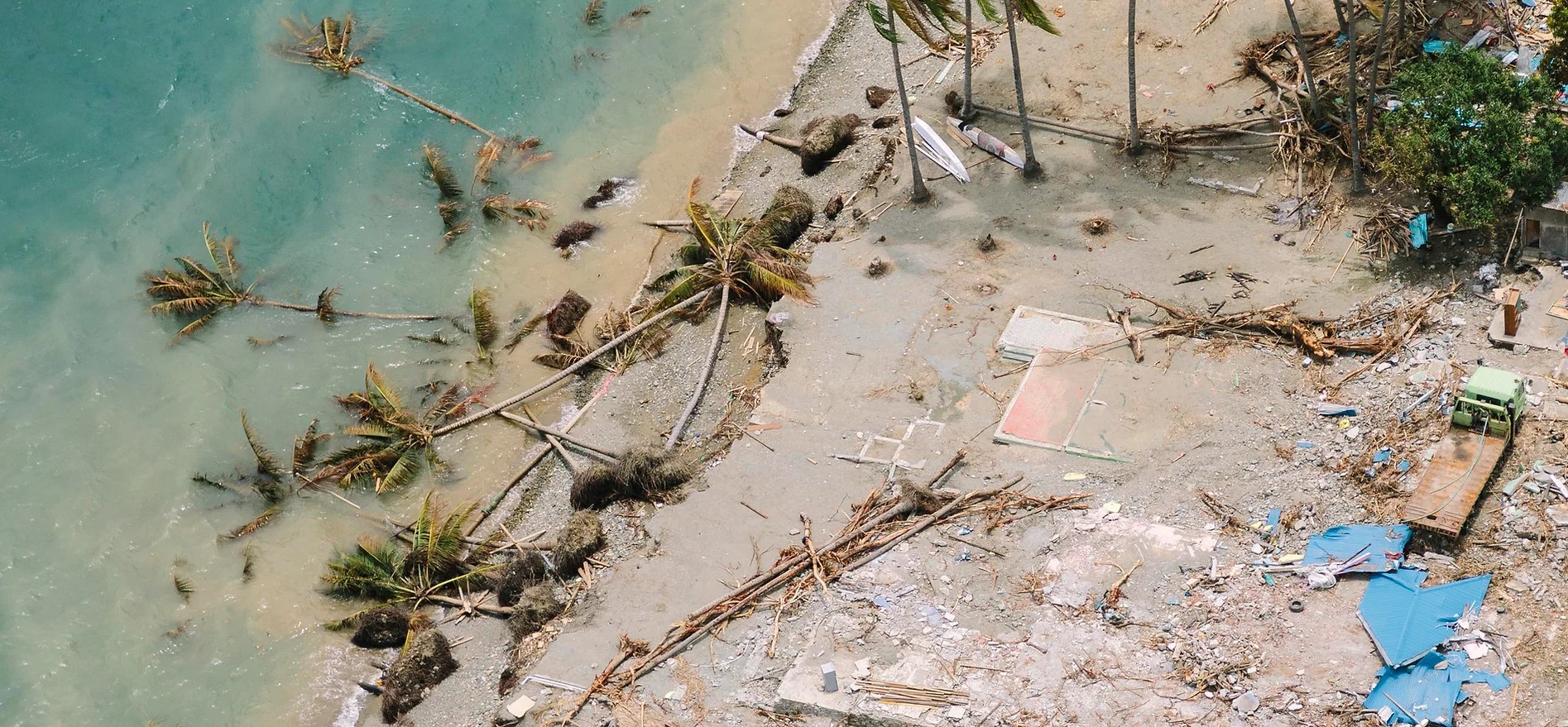Photo Caption: Professor Greg MacRae from the University of Canterbury discusses the testing with his Chinese colleagues between tests at the earthquake labratory in Shanghai
With the support of EQC Toka Tū Ake and a number of New Zealand research agencies, Kiwi engineers have been working closely with their Chinese counterparts at the Tongji University in Shanghai to test a variety of New Zealand innovations on one of the largest shake tables on the planet, as part of the ROBUST (RObust BUilding SysTems) project.
University of Canterbury Engineering Professor Greg MacRae explains that the scope of the testing at the International Laboratory for Earthquake Engineering in Shanghai would be impossible in New Zealand, and the collaboration has provided stunning results and endorsements for New Zealand and Chinese engineering solutions.
“New Zealand is at the cutting edge of earthquake engineering, but we would never be able to test our solutions on a three-storey building in an earthquake laboratory back home,” says Professor MacRae who is the project coordinator between the Chinese and New Zealand agencies, including EQC, BRANZ, University of Canterbury, University of Auckland, Auckland University of Technology (AUT), HERA Foundation, QuakeCore, and the Building Innovation Partnership.
A number of innovative connections to reduce building damage and increase seismic resilience were tested well beyond the shaking of the Canterbury earthquake, along with some non-structural construction elements like partition walls, sprinklers and ceilings.
Professor MacRae says the testing will wrap up in March and will give researchers and engineers a treasure trove of data to analyse over the coming months.
Project coordinator Professor MacRae says that the collaboration with China has not only validated existing engineering solutions, but has also given his colleagues a deeper knowledge on how to design, validate and improve systems.
“The work, which uses widely disseminated technology developed in New Zealand, complemented by resources and new ideas from Chinese colleagues, creates a win-win situation, which will hopefully save lives and protect infrastructure around the world.”
EQC Head of Research Dr Natalie Balfour says ROBUST is a great example of how funders with different vested interests can come together to enable world-leading research.
“EQC is particularly interested in how this research can lead to more earthquake-resilient buildings. Some of the technology being tested through ROBUST is already in use in buildings across Aotearoa, so it’s important to understand how they will behave in future earthquakes. These results will help design buildings to withstand large earthquakes and minimise damage.”
